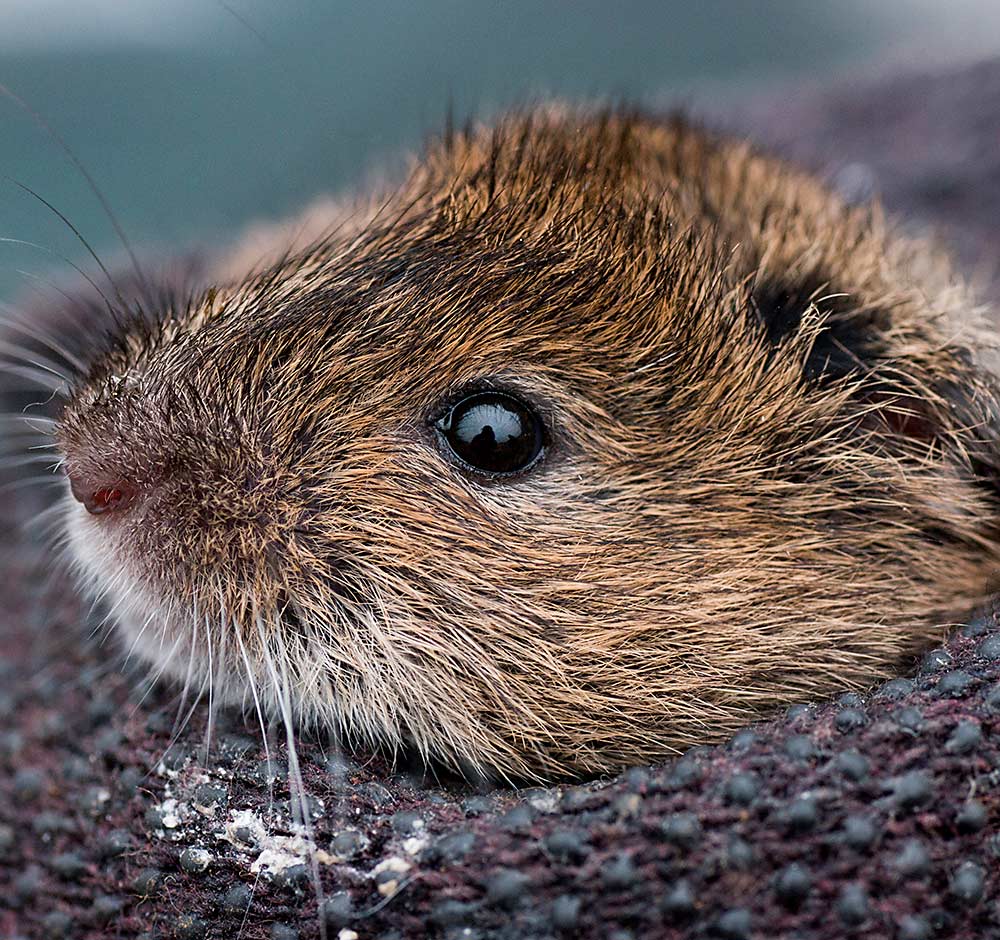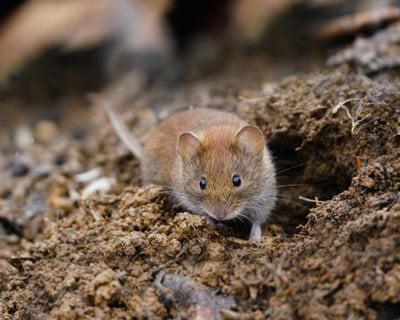Protect Your Grass: Reliable Vole Control Techniques
Comprehensive Guide to Reliable Vole Pest Control: Invasion Recognition and Therapy Methods
In the realm of reliable bug control, vole infestations posture a distinct obstacle that requires a calculated technique. By discovering the nuances of vole behavior, recognizing key indicators of infestation, and evaluating an array of control alternatives, one can develop a thorough method to fight these evasive parasites.
Recognizing Vole Actions
Vole habits is characterized by their tunneling behaviors and quick reproduction rates, making them a tough insect to control successfully. Their quick reproductive price further makes complex control efforts, with ladies capable of producing multiple clutters in a single year, each consisting of numerous offspring.
Voles are most active during the morning and night hours, investing the bulk of their time foraging for food. Their burrowing routines not only interrupt yards and yards yet likewise make them testing to discover and eliminate. Comprehending vole behavior is important for reliable insect control methods. By recognizing their burrow locations, keeping track of feeding areas, and executing targeted control methods, such as trapping or habitat alteration, vole infestations can be handled successfully.
Signs of Vole Problem

Prevention Methods
Executing reliable prevention strategies is important in reducing vole invasions and securing greenery from their devastating feeding practices (vole control). To stop vole invasions, it is essential to begin by removing possible food resources and shelter. Maintain turf and plants cut short, remove weeds and particles, and maintain a tidy yard or grass to make the location less appealing to voles. Setting up obstacles such as hardware fabric or underground fence can likewise assist discourage voles from getting in specific areas. Furthermore, lowering excess dampness by taking care of leaking pipelines and ensuring appropriate drainage can make the setting less welcoming for voles.
Frequently evaluating the residential property for signs of vole task, such as runways and burrow openings, is crucial for very early detection and prompt action. If vole activity is thought, think about utilizing catches or repellents strategically put near their paths.
Non-Lethal Control Methods
To successfully manage vole populaces while focusing on gentle techniques, non-lethal control strategies supply useful options for reducing vole damages in gardens and landscapes. These obstacles can be buried at the very least 12 inches deep and curved at a 90-degree angle to prevent voles from delving below.

Lethal Control Options
One reliable approach for dealing with vole problems in yards and landscapes involves the critical use of deadly control options. When faced with a severe vole infestation that non-lethal approaches have actually failed to contain, executing dangerous control actions ends up being critical. One generally utilized lethal control option is using snap traps. These traps are created to promptly and humanely kill voles upon activation, making them a prominent selection for lots of gardeners and landscapers. To enhance the effectiveness of breeze catches, it is suggested to place them in areas where vole task is high, such as along runways or near burrow entrances. One more deadly control option is the use of harmful baits specifically see this site formulated to target voles. These lures include poisonous substance that is ingested by the voles, bring about their eventual death. Caution should be worked out when using poisonous baits to stop damage to non-target pets or pets. Generally, her explanation when utilizing lethal control options, it is necessary to do so properly and based on neighborhood laws to efficiently take care of vole invasions.
Conclusion
To conclude, reliable vole insect control needs a detailed understanding of vole behavior, recognition of signs of problem, implementation of avoidance methods, and use of both deadly and non-lethal control methods. By incorporating these techniques, individuals can successfully take care of vole populations and protect their residential property from damage. It is essential to attend to vole invasions quickly to protect against more problems and lessen the influence on the surrounding environment.
Provided the intricate tunnel systems and fast reproduction rates characteristic of voles, acknowledging the signs of vole infestation becomes necessary in efficient parasite control. One of the main indications of vole visibility is the visibility of surface paths or routes in grass or snow, usually regarding 1-2 inches wide, developed as voles travel between their burrows and food resources.To efficiently handle vole populations while focusing on gentle techniques, non-lethal control strategies provide sensible solutions for reducing vole damages in gardens and landscapes.One effective technique for resolving vole problems in landscapes and gardens entails the tactical usage of dangerous control options. vole lawn damage.In verdict, effective vole parasite control needs a thorough understanding of vole actions, recognition navigate to this site of indicators of invasion, implementation of prevention techniques, and application of both non-lethal and lethal control methods